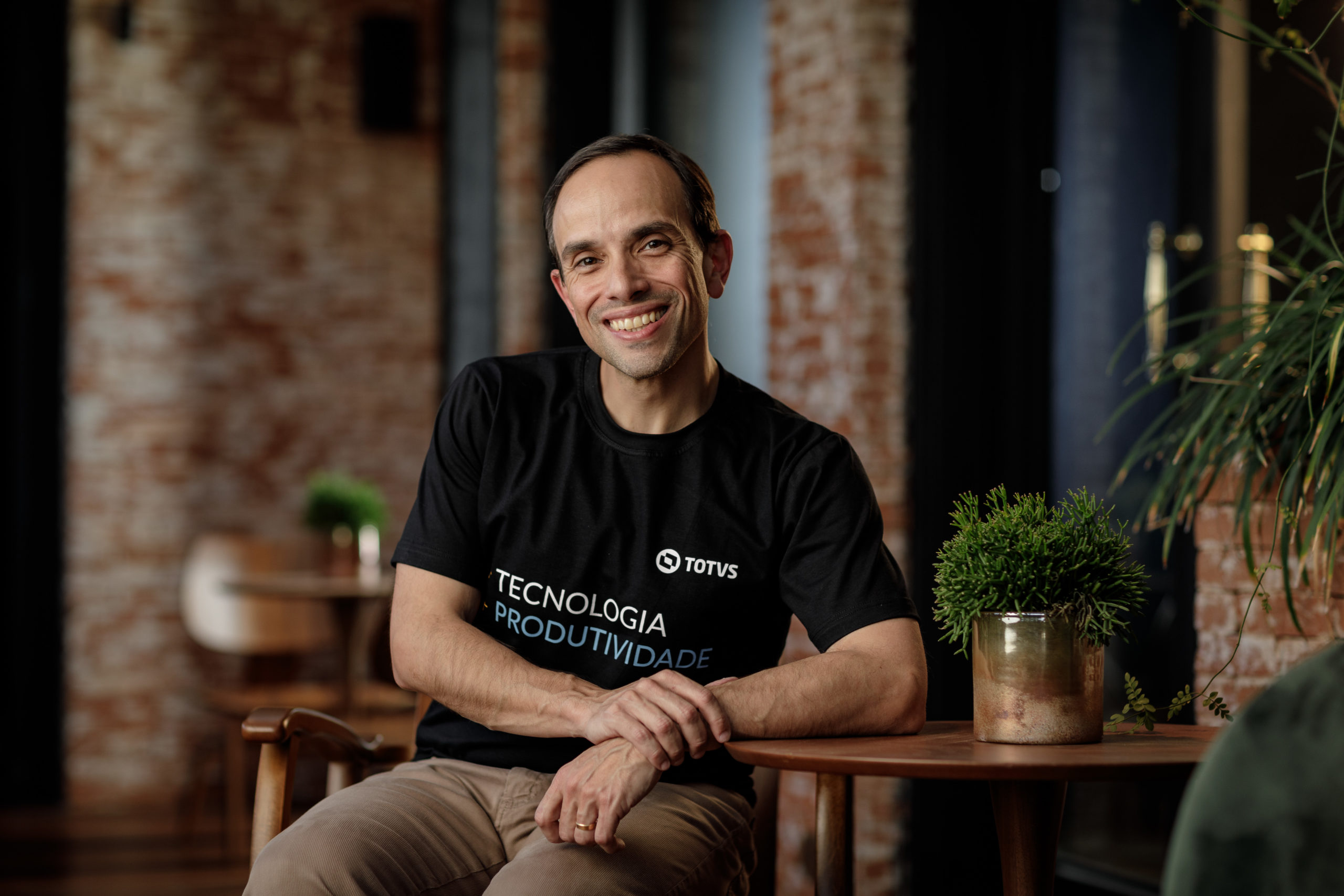 *Per Elói Assis
*Per Elói Assis
It is repetitive to say that in the last two years, as a result of the pandemic and circulation restrictions, the consumption habits of Brazilians have changed and they have started to favor digital channels for their purchases. But there is no denying that, for Retail, this was a key turning point – and that its practical effects are already showing. According to the Retail Technological Productivity Index (IPT), a survey commissioned by TOTVS and conducted by H2R Pesquisas Avançadas, 94% of retailers today have at least one digital sales channel, an unthinkable number five years ago.
It is important to observe the relationship between this data and the behavior of new generations in the consumer market. Let's get to the facts: as much as it seems that 2010 was another day, anyone born in that year is already a 12-year-old teenager, who is starting to have his own values, styles and consumption choices. This teenager belongs to the Alpha Generation, which was born (or will be born) between 2010 and 2025, and brands are already – or need to be – keeping an eye on how they relate to consumption.
Along with Generation Z, those born between 1995 and 2009, alphas are the pillars that form the new omniconsumers🇧🇷 This generation is even more connected and concerned about the future of the planet, climate change and social causes. But be careful: we are not talking about consumption by children and young people, but the generation that will dictate the future of consumption and retail. To give you an idea, in Brazil this public already represents 42% of the total population and in 2030 (only 8 more years!) they will surpass previous generations in purchasing power, reaching 49% of the Brazilian population. Someone from 2010, the beginning of the Alpha generation, will be 20 years old. That is, the sooner we understand what they want, the better.
First, for them, talking about omnichannel sounds strange. How do you explain water to a fish? They do not understand the concept because, for them, there is no other alternative. When they started to consume, they already did so many times in channels and companies that already treat digital and physical as a single thing. So, for them there is no Omnichannel, for them this is how retail works, with the channels integrated as one.
This omniconsumer has completely different expectations and that is a challenge, as the leaders, the people behind the operation, are still mostly from previous generations. Therefore, it is necessary to listen and understand this new omniconsumer, and urgently, because it is not a question of the future, but of the present: in 2021, 44% of Instagram users used the app weekly to make purchases and 90% stated that they follow at least one profile of businesses and stores, according to statistics from the social network manager Hootsuite.
With this panorama, it is imperative that retailers not only understand the relevance of digital platforms, but also invest in the evolution of their online channels. And this is not just thinking about making the sale, but also about providing a pleasant shopping experience for these new consumers who naturally move between the digital world and the physical store.
Speaking now about the other side of the counter, the retailer's side, when we talk about business management it is fundamental that the information is centralized and as real as possible, preferably on time occurrence, so that decision makers have the right data to act on. The omnichannel strategy is no exception to this rule. The idea is to integrate the relationship and sales channels, whether digital or offline, so that not only is the consumer's shopping experience on different platforms the same, but also the business walks in a unique way, towards the same target.
The tools aimed at omnichannel integrate the physical store with digital platforms in a unique way, without barriers or obstacles for the customer. That is, the system accompanies the customer during his purchase, balances the stocks — this product left store X and will go to the customer's home —, checks whether this consumer has any benefit or discount based on previous purchases and all nuances that permeate the purchase. In this way, the customer who visits the physical store will have the same attributes and guarantees as the one who made the same purchase on other digital platforms.
I know that for some it may sound strange to talk about a physical store in the midst of this power and rise of digital channels, which I myself have reiterated throughout the text. But make no mistake: physical stores gain new functions in this new scenario, providing added services at the time of purchase. An example: if on digital it is not possible to place a fitting room for snow clothes with a temperature of minus 2ºC, I — retailer — manage to invite my consumer to try that garment on in one of my physical stores, which have a special fitting room that simulates a scenario of sub-zero temperatures.
The channels can and should complement each other, because at the end of the day, it's all about understanding the consumer and making them leave the shopping experience as satisfied as possible. After all, successful experiences turn ordinary consumers into loyal consumers – regardless of generation. And technology is the way to do that.
*Elói Assis, Executive Director of Retail at TOTVS
Notice: The opinion presented in this article is the responsibility of its author and not of ABES - Brazilian Association of Software Companies













